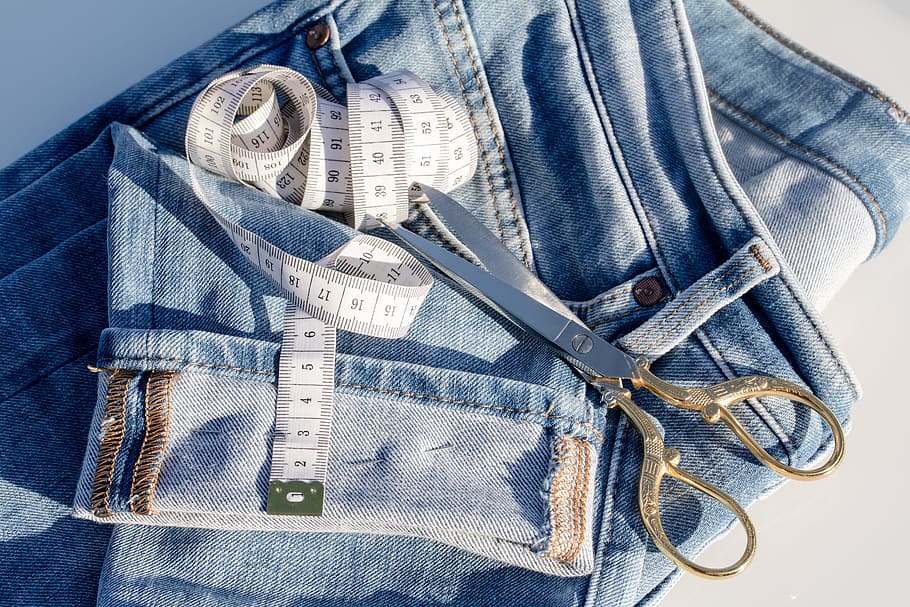
Mastering the Art of Hand-Hemming Pants
Hemming pants is a skill that allows you to tailor the length of your trousers to perfection. Whether your pants are too short or too long, or if you prefer different hemming styles such as cuffs or invisible hems, you can easily hem your pants by hand. In this article, we will guide you through the steps to sew a trouser hem using hand stitching.
custom baseball jerseys
football jerseys
Nike Air Max 270 white
nike air max womens
Jerseys for Sale
nike air jordan sneakers
nike air jordan shoes
nike air jordan 1
best couples sex toys
adidas promo code
nike air max for sale
custom football jerseys
custom hockey uniforms
nike air max shoes
nike air jordan 4 retro
nike air max for sale
Understanding Pant Hems
Before diving into the process, it’s important to understand the different types of pant hems available:
- Hand-stitched invisible hem: Ideal for suit pants, tailored pants, wool pants, and dress pants that require a seamless finish.
- Machine-sewn quilted hem: Recommended for more casual pants like linen or cotton trousers, where a visible seam line is acceptable.
- Hand-stitched hem with lapels: Suitable for pants with cuff details.
Choosing the Right Hemming Method
To determine the appropriate method for hemming your pants, examine the existing hem on your trousers:
If there is no visible seam on the right side of the pants, opt for a hand-stitched invisible hem. This method ensures a seamless finish and works well for formal pants.
For pants with a visible hem and seam line, use a sewing machine to create the hem. This approach is suitable for casual pants made of materials like linen or cotton.
If your pants have cuffs, you can hand-stitch a cuffed hem to match the original design.
Step 1: Try on the Pants

If your pants are too short, begin by unstitching the original hem, unfolding it, and ironing the bottom of the pants.
Follow these steps while trying on the pants in front of a mirror, wearing the shoes you intend to pair with them:
- Fold the excess fabric inward to achieve the desired length:
- The front of the pants should fall slightly over the front of the shoe.
- The back of the pants should cover the back of the shoe without bunching up.
- The ankle should be completely covered.
- If wearing high-heeled shoes, ensure the pants cover the back of the shoe and stop at the beginning of the heel.
Note: For slim or cigarette pants with a tight ankle, the hem should stop just above the shoe, pleating the fabric slightly or not at all, based on your preference.
- Ask someone to pin the hem while you’re in front of the mirror. Once satisfied, unpin the other leg and remove the pants.
- Iron the hem along the pinned line, avoiding plastic-headed pins during this process.
Step 2: Prepare the Hem Seam
- Overlap the two pant legs, with the leg having the ironed hem on top. Since pant legs may vary in length, align the waistband and crotch to create symmetrical legs.
- Use tailor’s chalk, a textile pencil, or pins (for light-colored pants) to transfer the ironed hem crease onto the other leg. If the hem is shorter at the front than the back, mark the front and back separately to create a slight curve instead of a straight line.
Step 3: Hand-Sew the Trouser Hem
- Draw a line 2 cm below the previously marked hem crease using tailor’s chalk, felt-tip pens, or pins. Adjust the measurement to a minimum of 5 mm if your pants have minimal excess fabric due to being too short.
- If the back of your pants is longer than the front, create a slight curve by marking the length of the hem at regular intervals and connecting the marks with a ruler.
- Cut along the new line using sewing scissors and overlock or overcast the bottom of the pants to prevent fraying. You can use a serger, an overlock stitch on your sewing machine, a wide zigzag stitch, or hand stitching for this purpose.
- Fold the excess fabric inward along the hem fold line, aligning it with the side seams. Secure the hem with pins and press it to create a crisp fold.
- Turn the pants inside out and thread a fine needle with polyester thread matching the pants’ color. Start sewing the hem by making a few stop stitches in the fabric, eliminating the need to tie a knot at the end of the thread.
- Sew the hem using a sock stitch, starting from the left side and moving to the right:
- Insert the needle 1 cm below the top edge of the hem fabric.
- Pull the needle out a few millimeters to the left.
- Insert the needle 1 cm to the right, just above the top edge of the hem, and pull it out a few millimeters to the left, ensuring it picks up only a few threads of the trouser fabric. The goal is to keep the seam invisible from the outside.
- Repeat steps 1 to 3 until you have sewn the entire hem.
- Finish the seam with a few bartacks in the hem fabric, ensuring the stitches are not too tight to avoid puckering.
- Remove the pins and press the hem once again for a polished finish.
Try on your pants, and you’ll have successfully achieved an invisible trouser hem.
Materials Required for Hand Hemming
Sewing needle
Fabric scissors
Iron
Sewing thread
Sewing machine (optional for overclocking)
By following these steps and utilizing the right techniques, you can confidently hem your pants by hand, achieving a professional and tailored look.

